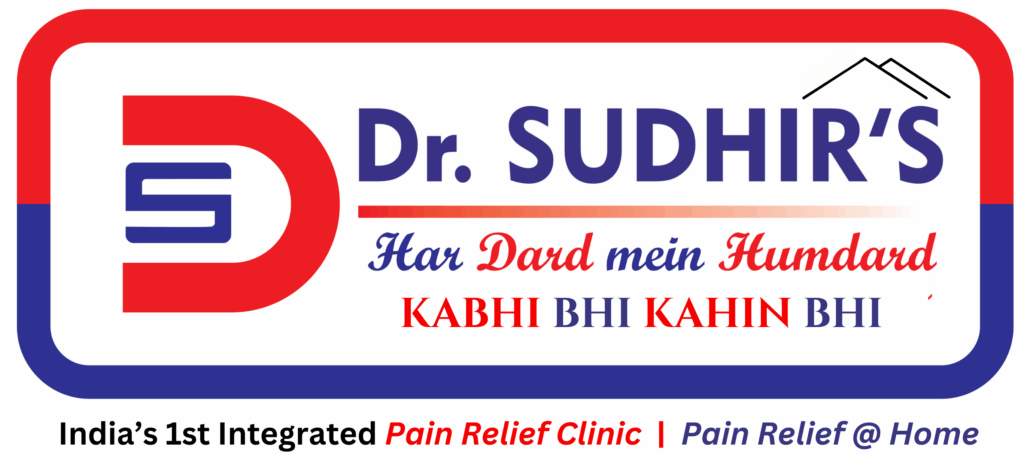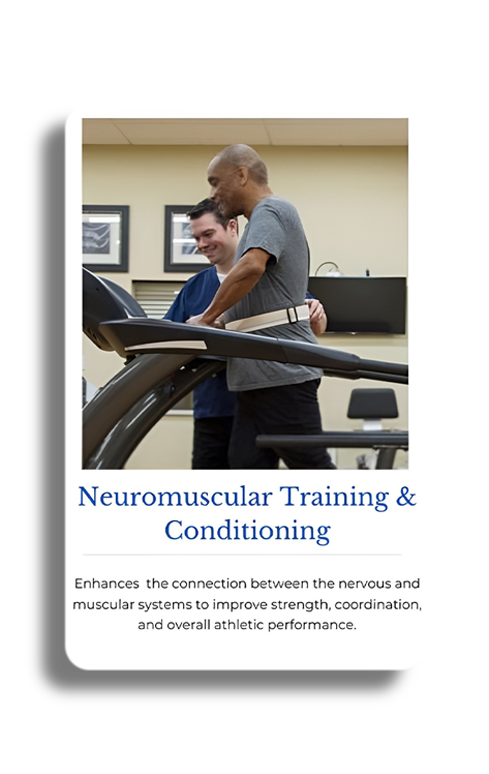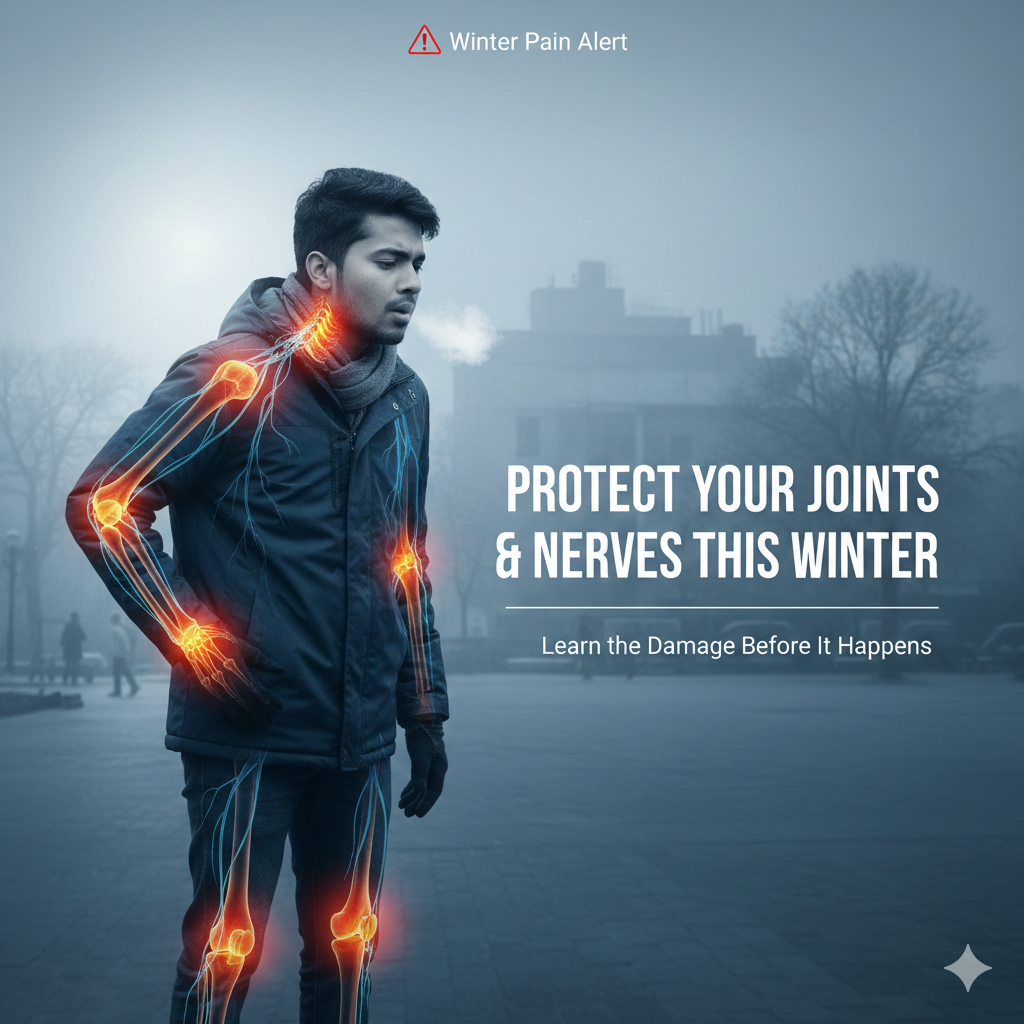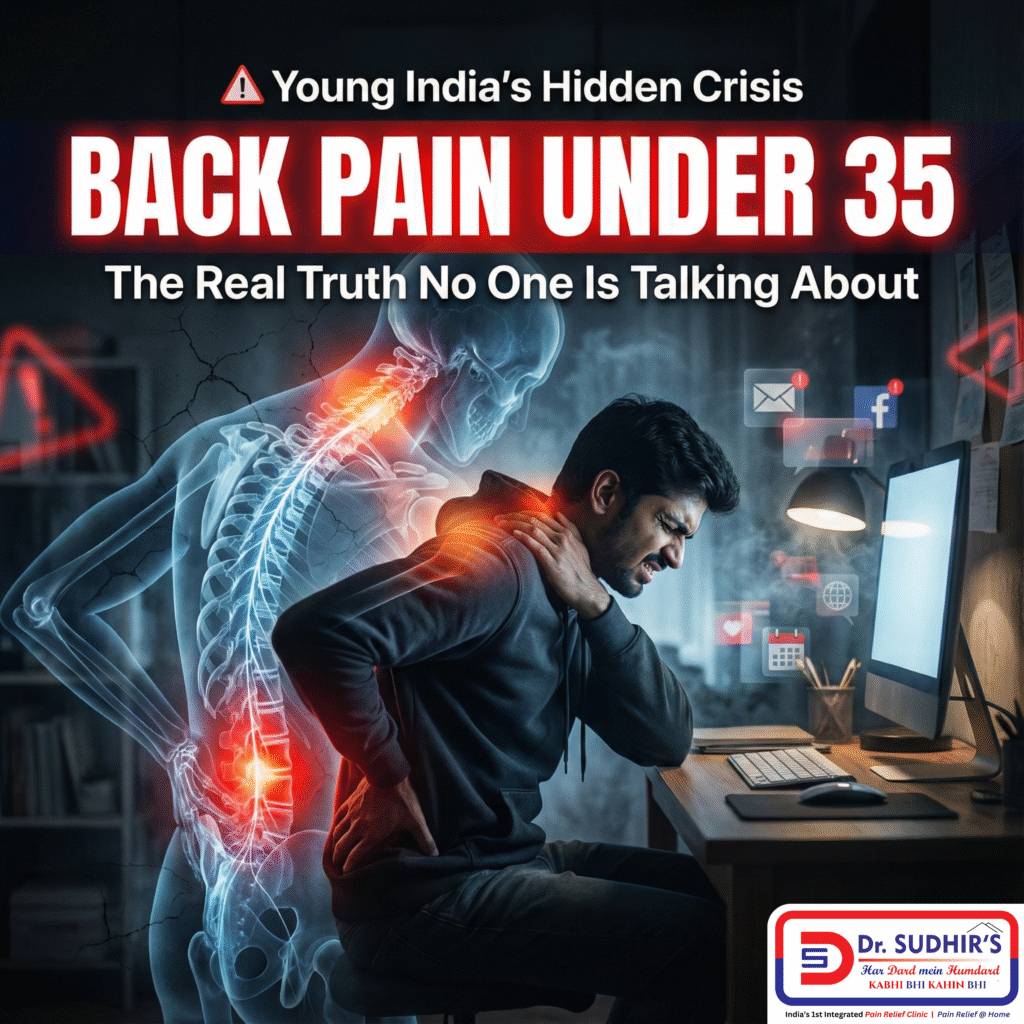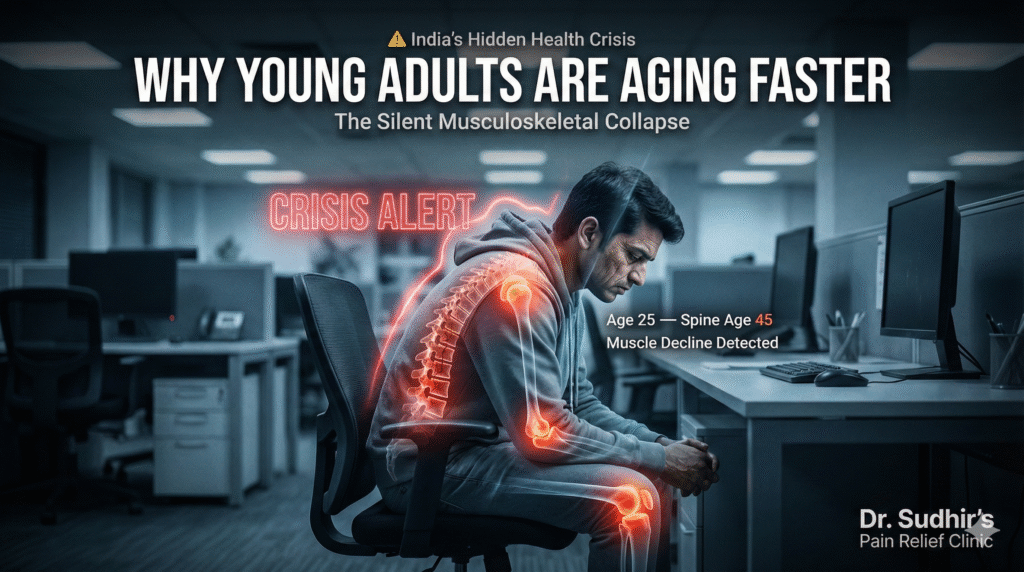At Dr. Sudhir’s Pain Relief Clinic, we focus on strengthening the connection between your nervous system and muscles. Our Neuro-Muscular Training and Conditioning programs are designed to restore proper movement patterns, enhance coordination, and prevent injuries.
What is Neuro-Muscular Training?
Neuro-Muscular Training (NMT) is a specialized approach that retrains the brain and muscles to work together efficiently. By improving this connection, NMT helps:
-
Enhance balance and coordination
-
Correct posture and movement patterns
-
Reduce risk of injuries
-
Improve athletic performance
Our Approach to Conditioning
Our expert therapists combine neuro-muscular training with conditioning exercises tailored to your individual needs:
-
Functional Movement Training: Exercises that mimic everyday movements to improve strength, stability, and mobility.
-
Balance & Coordination Drills: Targeted exercises to enhance proprioception and prevent falls or injuries.
-
Strength & Endurance Conditioning: Build muscle strength and stamina for better overall function.
-
Rehabilitation Integration: Combine NMT with recovery exercises for faster healing from injuries.
Conditions That Benefit
Neuro-Muscular Training & Conditioning is effective for:
-
Chronic pain conditions (back, neck, shoulder, knee)
-
Post-injury rehabilitation
-
Sports injuries and athletic performance improvement
-
Postural and gait abnormalities
-
Age-related balance and coordination issues
Why Choose Dr. Sudhir’s Clinic?
-
Expert Guidance: Therapists trained in advanced neuro-muscular techniques.
-
Personalized Programs: Exercises and sessions customized to your condition and goals.
-
Safe & Effective: Scientifically-backed training methods designed for all ages and fitness levels.
-
Comprehensive Care: Integrated with manual therapy, physiotherapy, and lifestyle guidance for lasting results.
Book Your Session
Take control of your movement, prevent injuries, and achieve optimal function with our Neuro-Muscular Training & Conditioning programs. Call us at [Clinic Number] or book your appointment online today.
